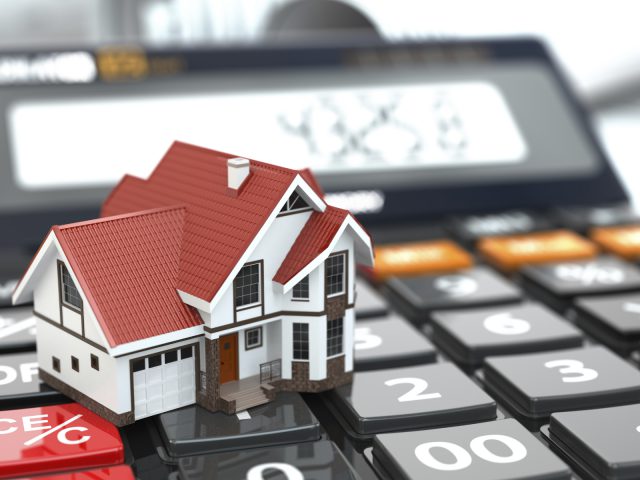The Difference Between Capital and Rental Growth
To make sure that they are in a position to make sizeable returns on their investment, landlords must understand the difference between capital and rental income growth.
Capital growth
As a property gains value over time, this is known as the capital growth. Despite being good in recent years, a number of factors can affect capital growth. These can include the state of the housing market and local issues in close proximity to the property.
Rental income
Rental income is rather obviously what the tenant pays the landlord. This will hopefully increase over time, but as a landlord, it is imperative that additional costs are budgeted for. Planning for both expected and unforeseen costs will greatly assist landlords, as will understanding that they must take responsibility for all costs whether the property is occupied or is empty.
Some of the most common costs incurred by landlords are by dealing with the following:
- Insurance Premiums
These types of premium will change for each property, but landlords should budget for between 2-3% of rent.
- Maintenance
Unfortunately, things don’t last forever, therefore it is important to factor in costs for when things inevitably break. The age of appliances and general condition of the property will give landlords an indication of when they will need to factor in these costs and should be taken into account when buying a property.
- Changing fixtures and fittings
Landlords are advised to budget 10% of their rental income to replace worn fixtures and furniture. This should also include redecoration costs.
- Void period allowance
Property owners must never presume that a paying tenant will always inhabit their property. Instead, savvy landlords will budget for one void month each year.
- Letting agency fees
Fees attributed for letting agent services will vary but it is important that landlords know exactly how much they are to pay and budget accordingly.
Mortgage
It goes without saying that the biggest cost for landlords will be their mortgage. The majority of buy-to-let lenders will only allow landlords to borrow up to 80% of the overall value of the property.
After all of these costs have been factored in and subtracted from the total rent, this will give the total net rental income.
If this number is subsequently divided into the value of the property, with all the costs attributed to buying the house factored in, this will give the net rental yield.
For example, if the net rental income is £10,000 and the cost of a property is £200,000, the net rental yield will be £10,000 divided by £200,00, giving a figure of 0.05, or 5%.
If a landlord finds that after working out this cost, the net rental yield is less than the cost of their mortgage, they will be left with a shortfall on their investment. Hopefully however, if they have invested wisely, landlords can expect that their rental income will rise over time, alongside the property’s capital growth.

